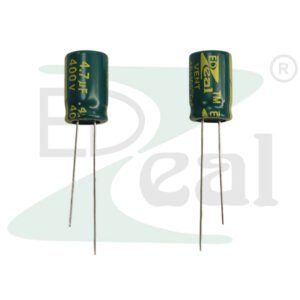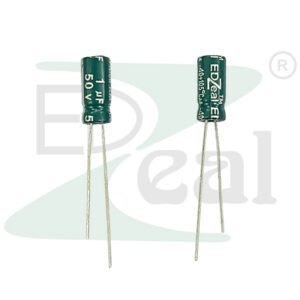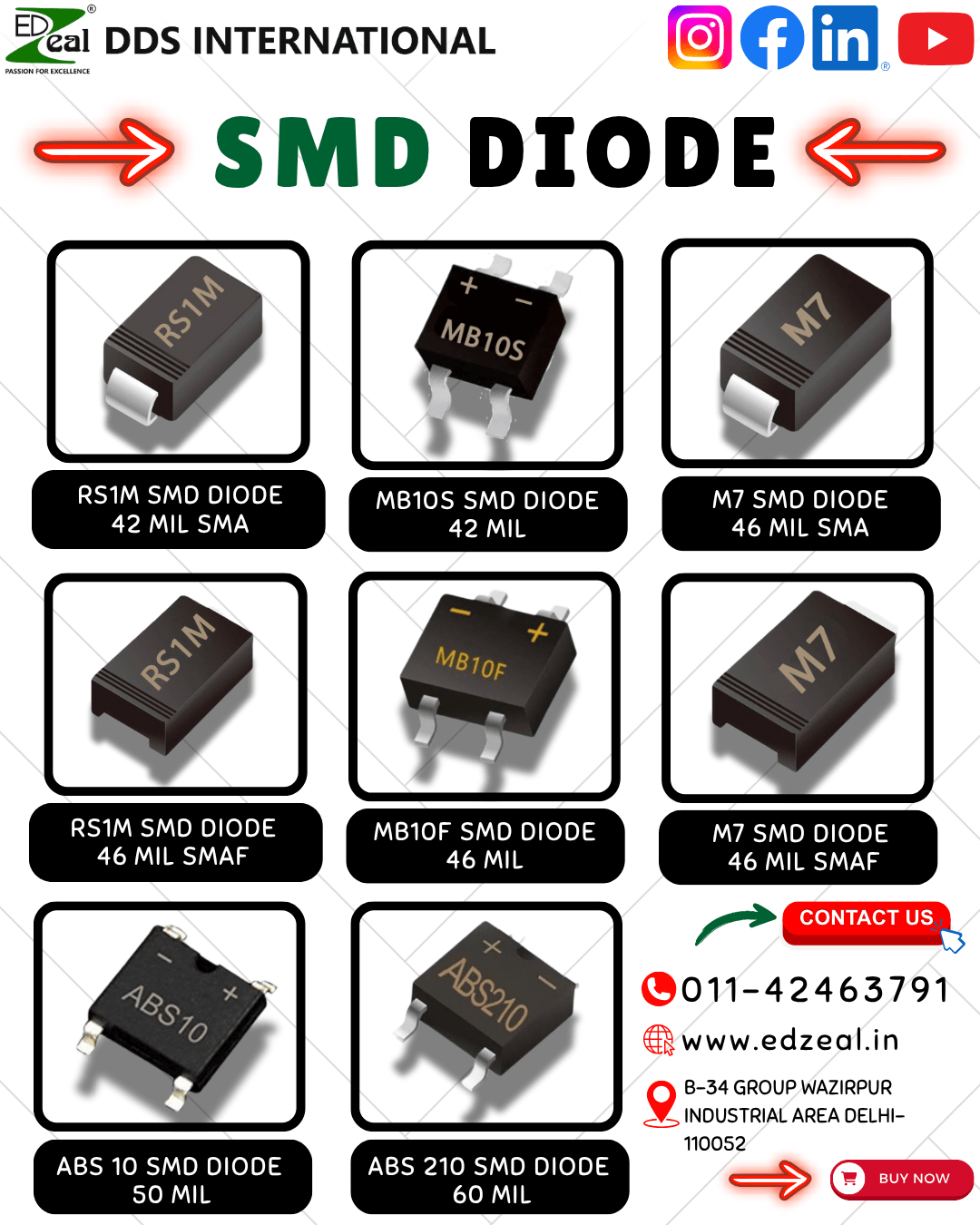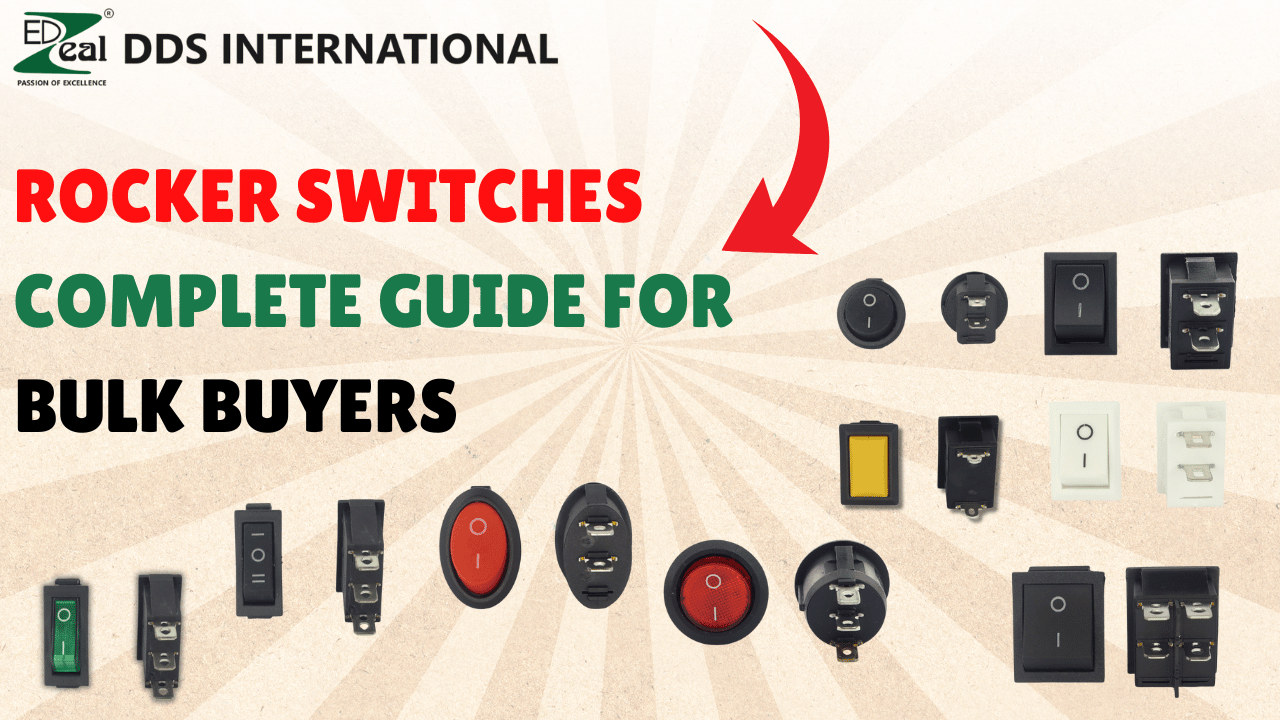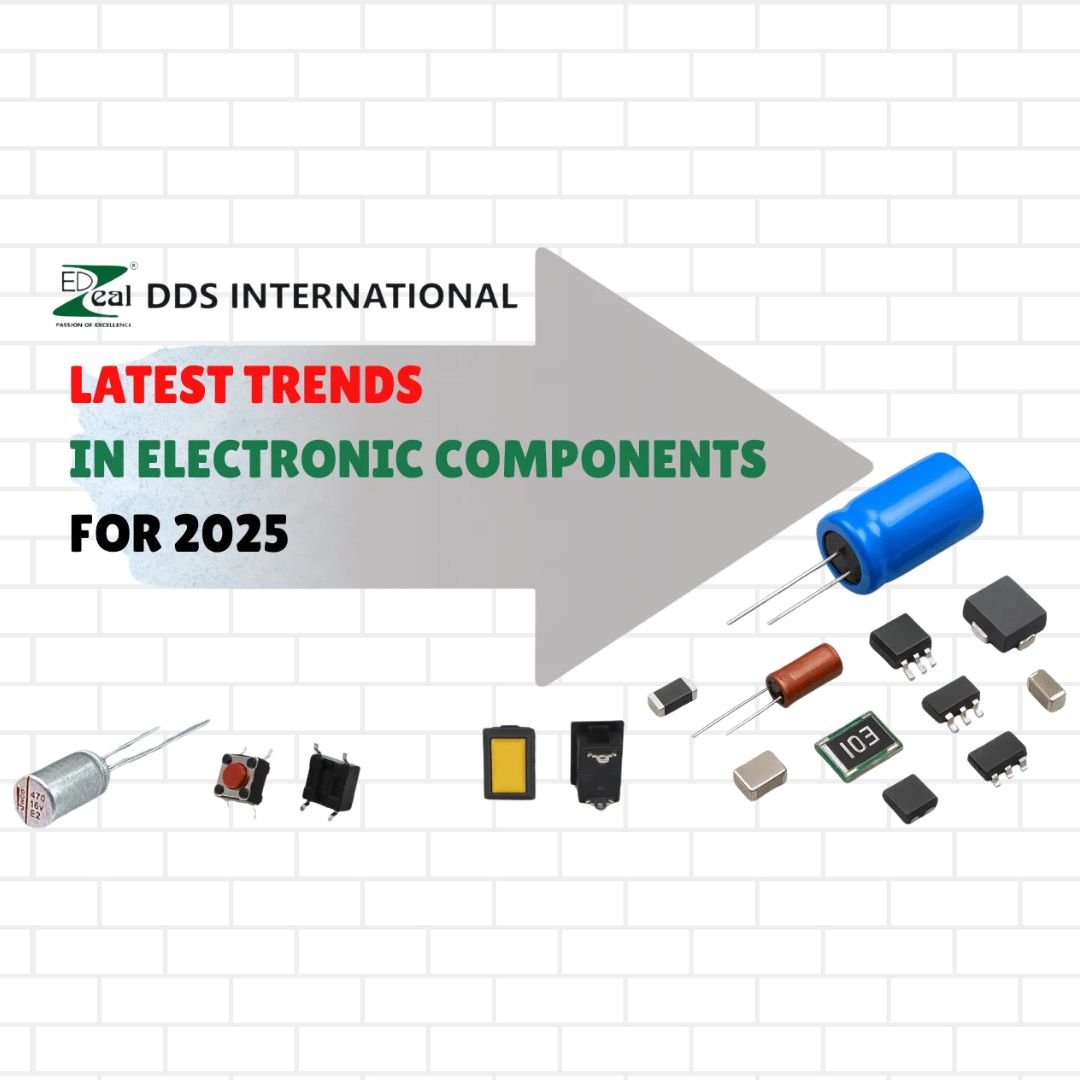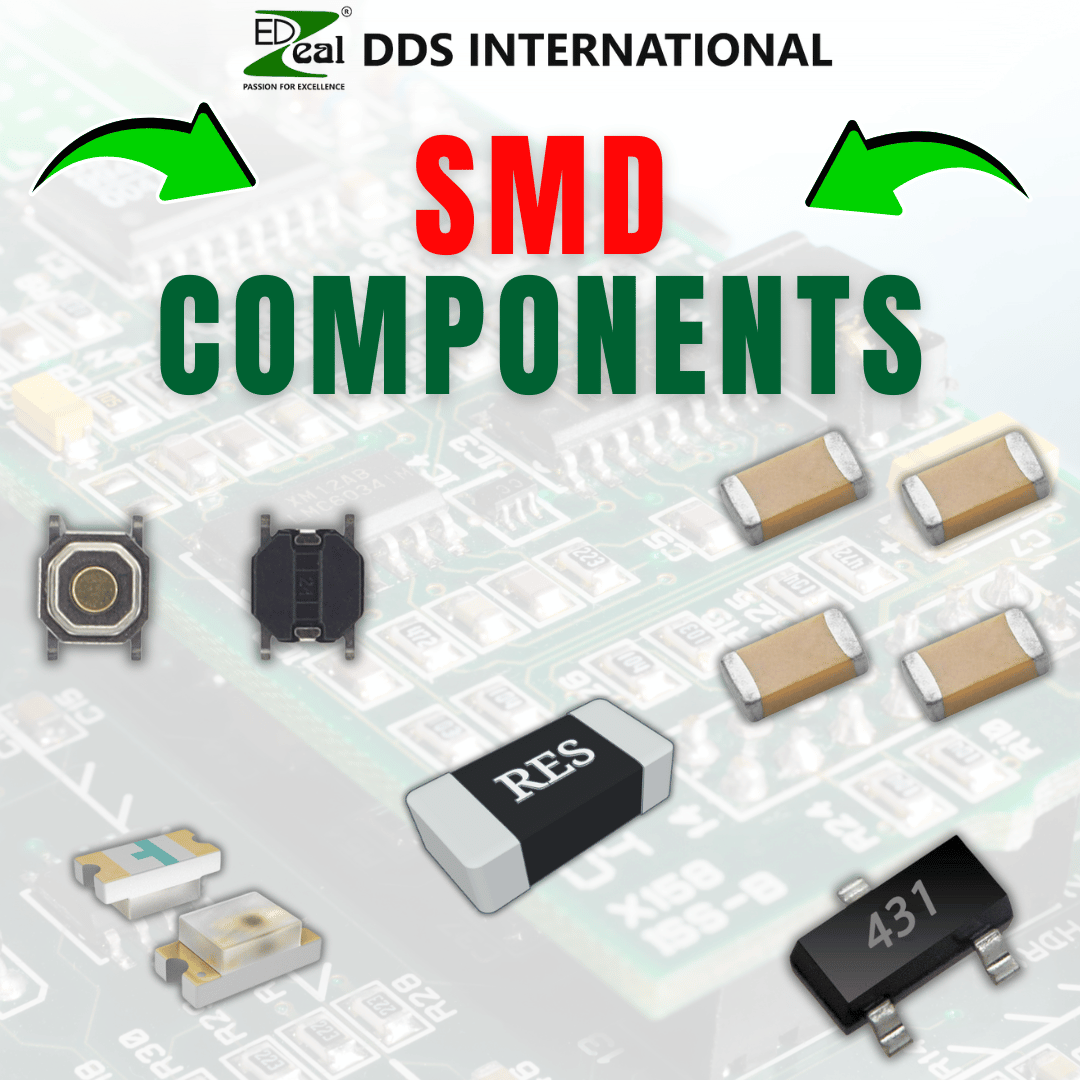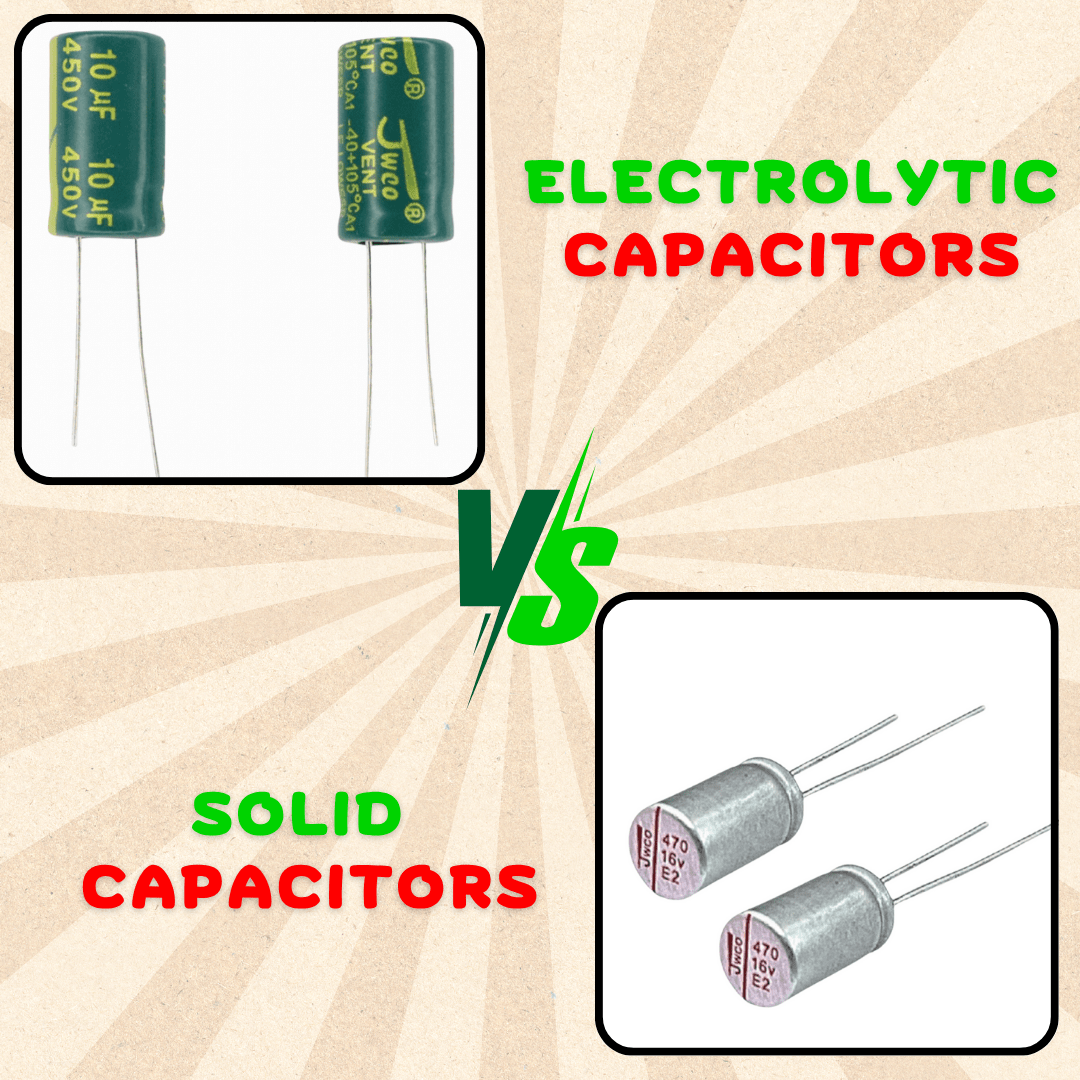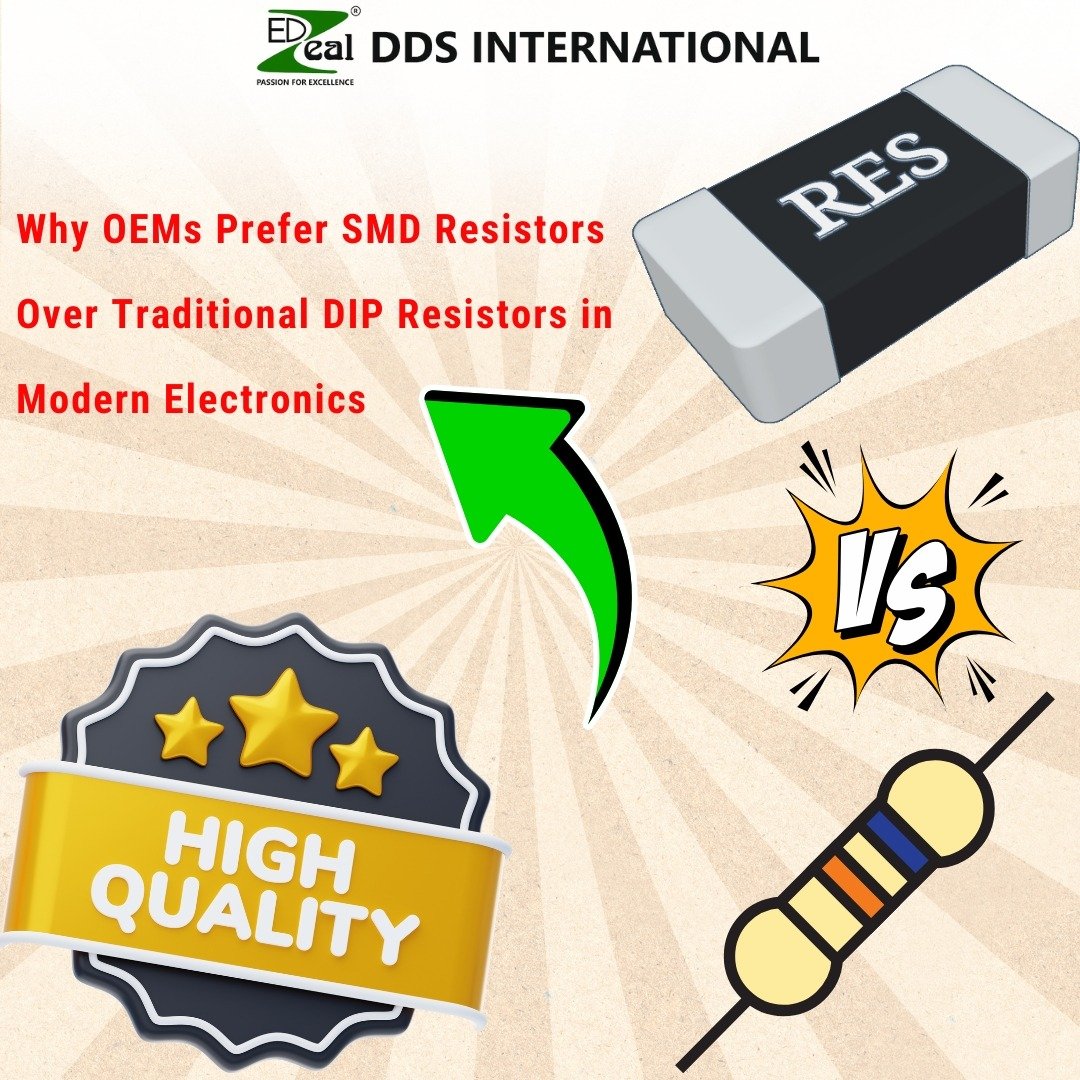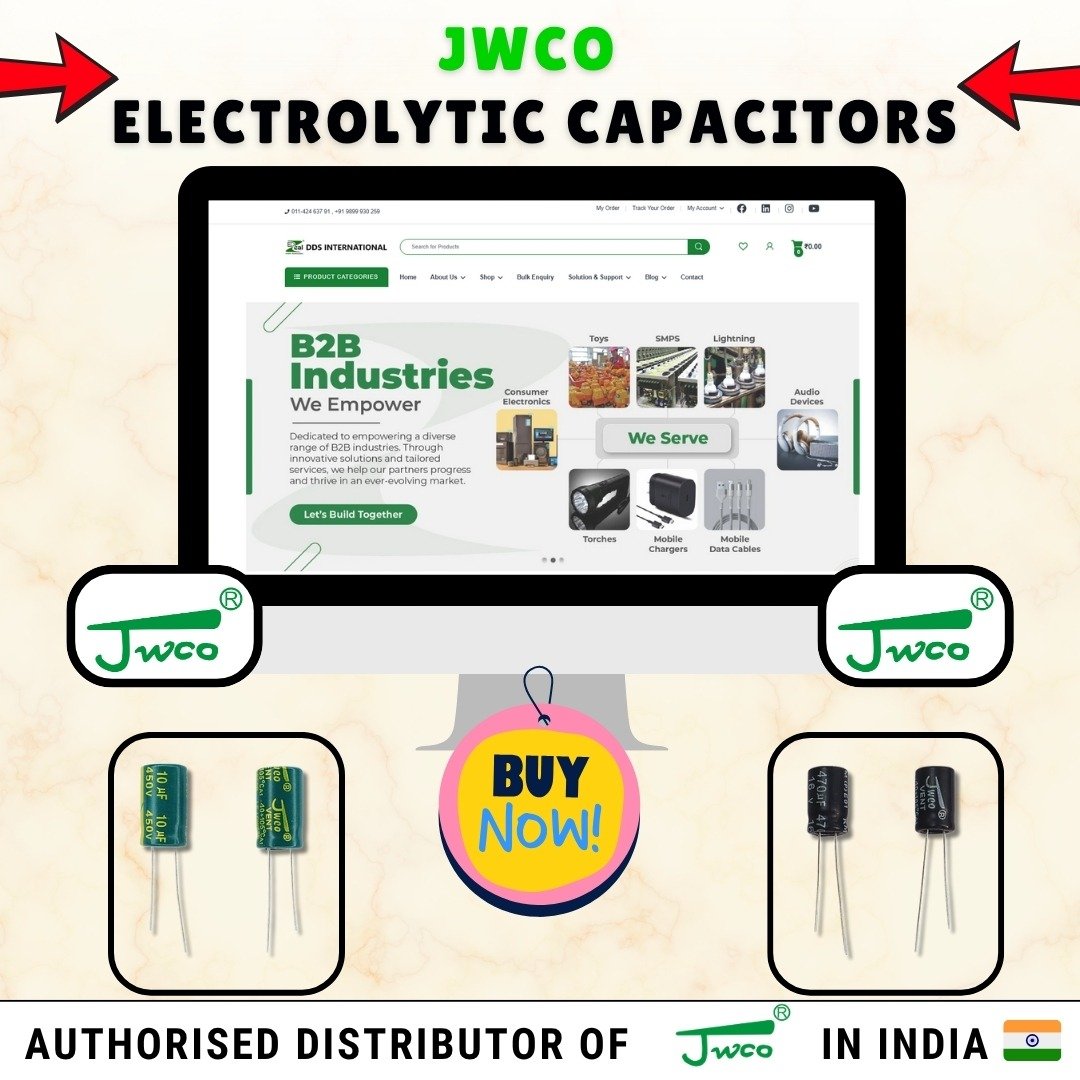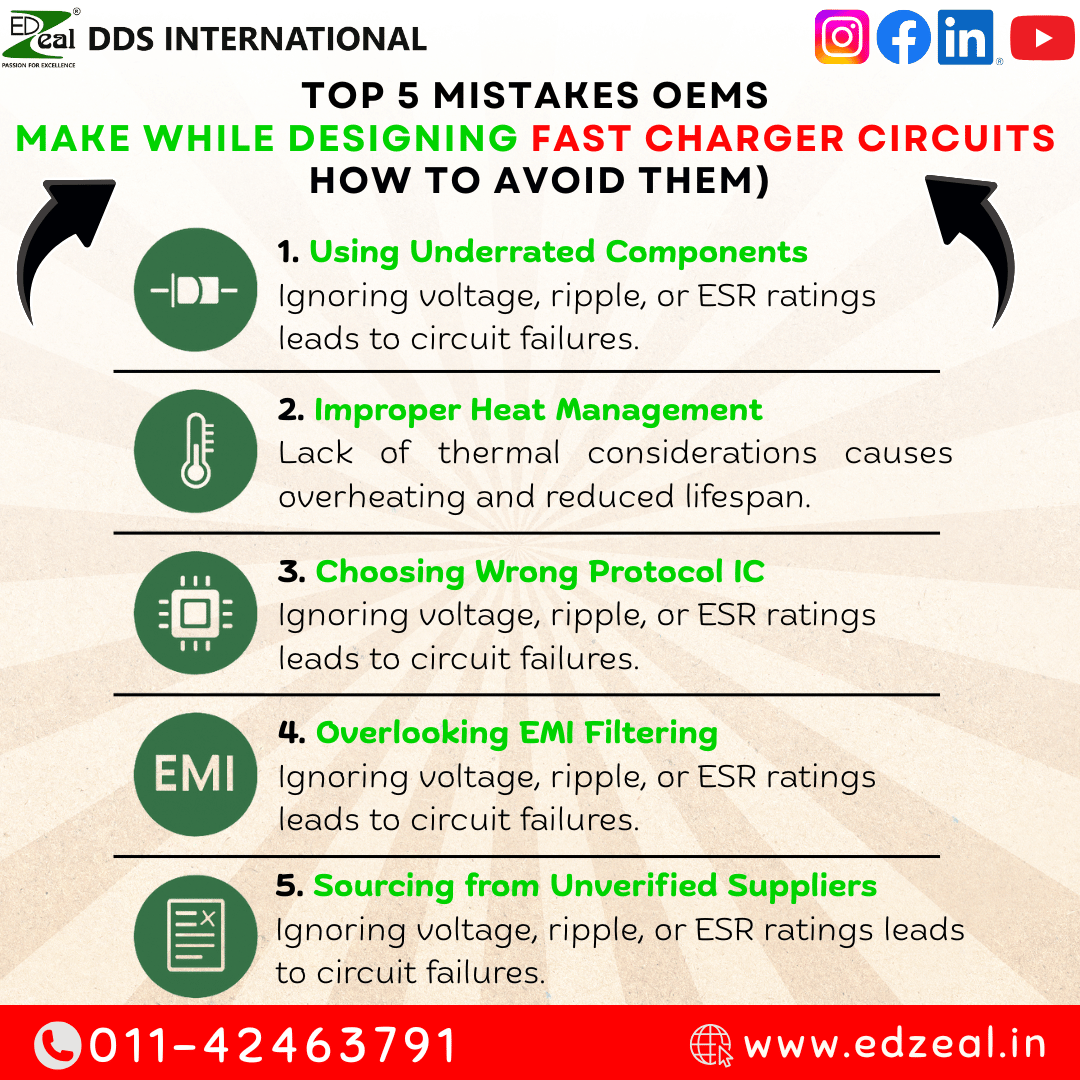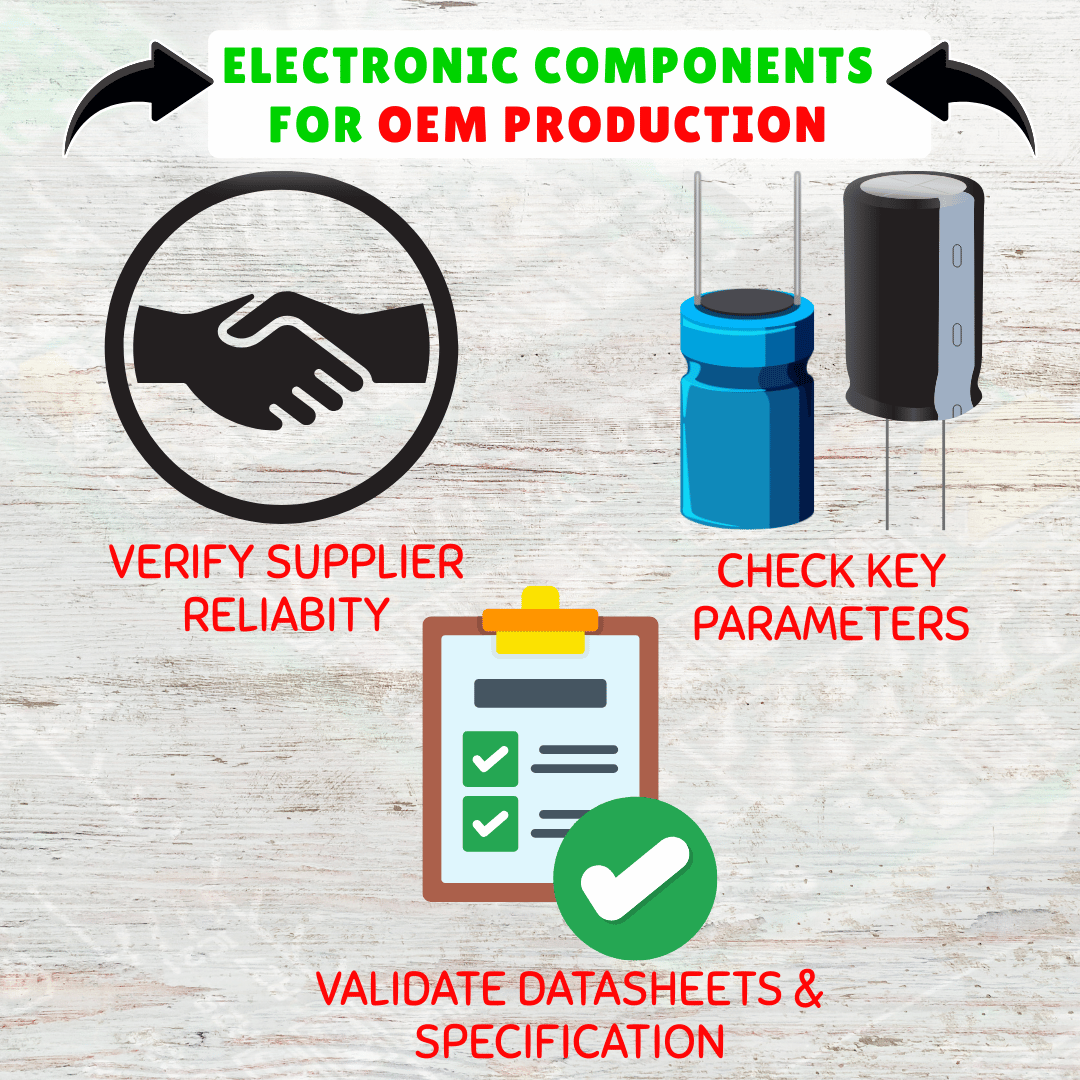Subtotal: ₹6.38
Understanding Diodes: Types, Functions & Real-World Uses
Introduction
Diodes are among the most widely used components in electronics. They act like one-way valves for current, enabling rectification, voltage regulation, protection from transients, signal detection, and even light emission. Whether you’re building a charger, an inverter, or a microcontroller-based product, understanding diodes helps you design safer, more efficient circuits.
Definition: What Is a Diode?
A diode is a two-terminal semiconductor device formed by joining P-type and N-type materials to create a PN junction. Current flows readily from the anode to the cathode in forward bias, and is blocked in reverse bias. This directional control of current is the basis for rectifiers, reverse-polarity protection, and more.



